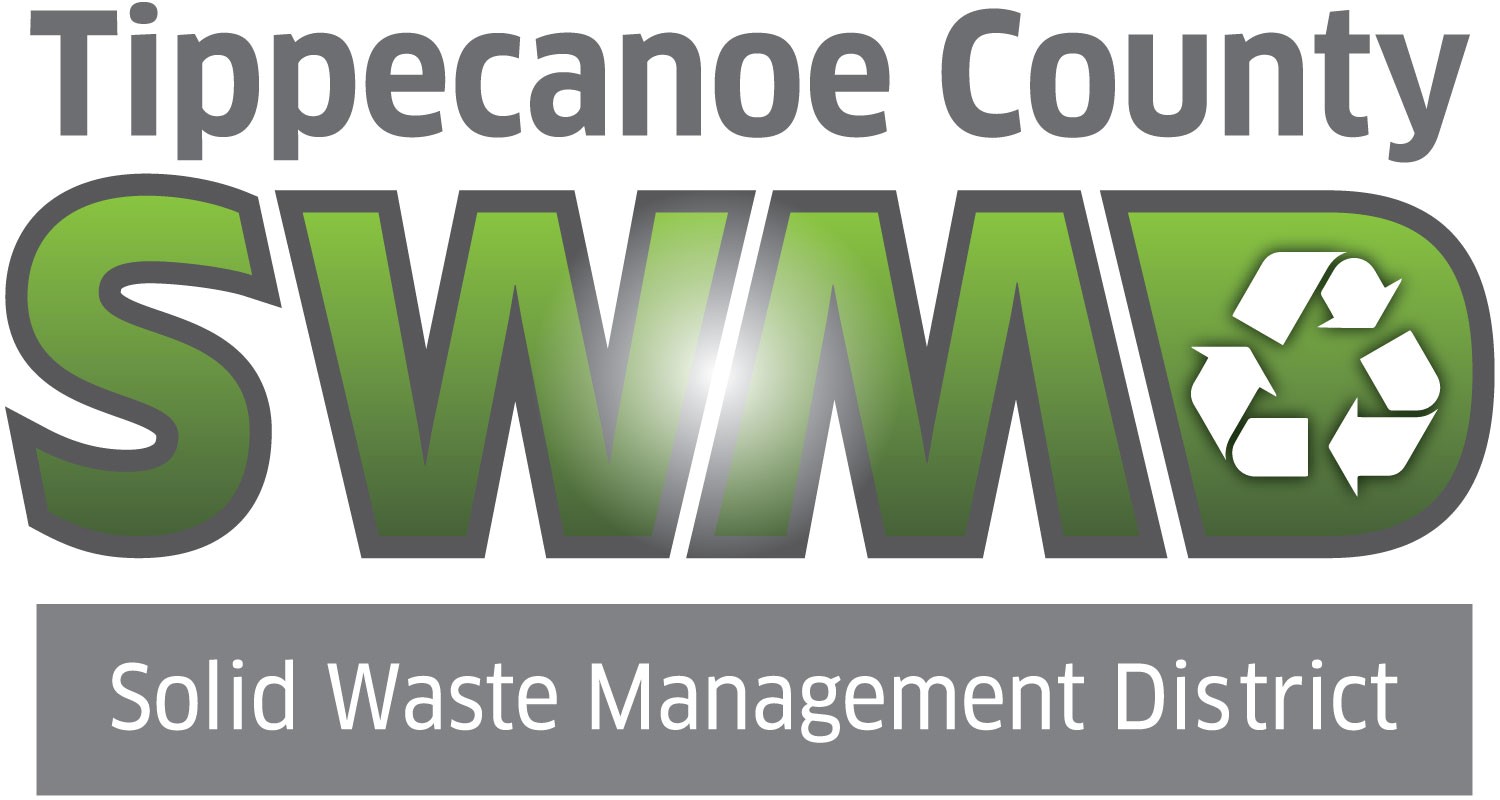Inventory of Recycling for Tippecanoe County

In 1990, the Indiana General Assembly passed Public Law 10-1990 which created solid waste management districts. Tippecanoe County Solid Waste Management District (TCSWMD) is the local government office covering waste management in Tippecanoe County. The TCSQMD provides free recycling drop-off locations for county households. Solid waste management districts track material that is recycled, processed, or sent for final disposal (placed in landfills or incinerated).
In addition, they hold community outreach and education activities. Recent global events have brought to light a contamination issue in recycling across America, as well as a need for better education in what is recyclable. Tippecanoe County is no exception. TCSWMD wants to educate community members on proper recycling practices in an effort to decrease recycling contamination. In order to identify the gaps in education in Tippecanoe County residents, the problem must be quantified. As part of this project, students will audit the recycled materials in three TCSWMD recycling drop-off bins to quantify the weight of recyclable materials vs non-recyclable materials. Using the findings from the audit, they will develop educational materials for TCSWMD. Coordination between TCSWMD, their contractors, as well as property owners will be needed.
UPDATE
Tippecanoe County Waste Management is looking for a way to limit the amount of non-recyclable waste, or recycling contamination, entering the three community drop-off recycling bins. In order to observe the quantity of contaminated waste entering the recycling bins, the audit procedure was developed and executed twice at every bin. Once all the material was sorted through the pile was evaluated on its total mass along with the total mass of the contaminated waste. At the recycling bins there are already signs in place showing what can and cannot be recycled. However, by the time the bin is reached the public will already have brought their disposables a distance and are ready to discard of their belongings. A new educational design is needed that is accessible and informative to the general public. There are several design options that the team will explore with the client. The design that is ultimately picked should be most useful to the general public as they would be able to read about recycling before they reach a recycling bin. By having this more accessible design, it will help limit the amount of pollutants entering the recycling batch. With less pollutants entering the recycling batch, more materials entering the bin will be recycled and the process will be more efficient overall.
